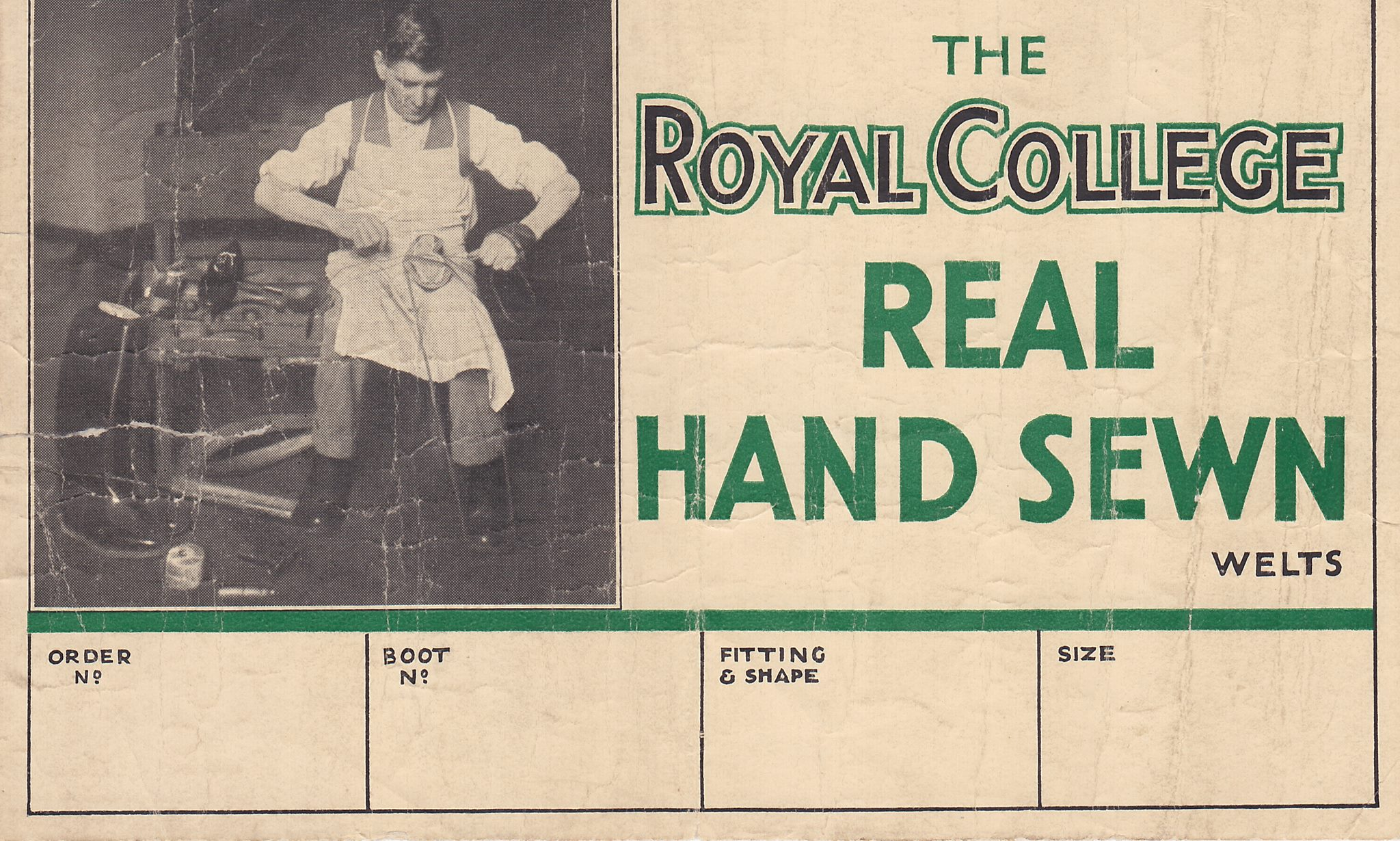An edited version of this post was originally published by the Society of Genealogists in the Genealogists’ Magazine, June 2025.
Part 1 : Part 2 : Part 3 : Part 4 : Resources
Part Three: A Veteran’s Life After War
The final part of Arthur Ward’s story covers his return to civilian life — a time of hardship, resilience, small joys, and enduring health problems from his wartime injuries. Through employment struggles and union activism, Arthur navigated the uncertainties of interwar Britain.
After the war
Discharged from the Army on 13 March 1919, Arthur received a disability pension from 14th March 1919. It appears payments amounted to 8 shillings for him and a further 2 shillings for his wife Maud, total 10 shillings per week.1 This corresponds to an assessed disability rate of 20%. Payments probably continued until March 1927 when the case was deemed closed.
In the early 1920’s there seems to have been plenty of work in the boot and shoe factories. So much, that even with his disability, he found work back at G.T. Hawkins Ltd, in Overstone Road, Northampton. However, during 1922 his health took a turn for the worse. He was often very ill. Finally, in 1923 he entered hospital for an appendix operation which led to an unusually long period of convalescence. It was not surprising that as a consequence he lost his job as the factories were now finding it difficult to find new orders.
It was probably around 1928 when he found work again. He obtained part time work for two days a week in the making room at G.T. Hawkins again. This type of employment was known as ‘two on and four off’ and it automatically stopped the dole money he had been receiving. After a few months, work picked up and his working week increased to ‘three on and three off’. The Boot and Shoe Union contributed a small ‘top-up’ each week through this period.
The early 1930s saw G.T. Hawkins were now finding many new orders for their footwear and the workers were put on full-time. Things were at last looking up and the family were able to take a week’s seaside holiday to places like Margate (1931) and Hastings (1932) together with many day excursions by train to destinations on the East Coast, Blackpool, North Wales and the South Coast.
Around Easter 1936 Arthur was sent to London for a week to sit in the shoe department of Derry & Toms an up-market department store in Kensington High Street demonstrating hand-sewn footwear. Derry & Toms had quite an interest in footwear as this contemporary poster shows.

His son, Arthur takes up the story:
At half past seven on Monday morning, the usual time for starting work in a Northampton factory, my dad went to Derry and Toms and found the place locked, which was to be expected if he had given it any thought. Anyway, after waiting till the doors opened at nine o’clock sharp, he ventured inside, only to be stopped by the door commissionaire. “Tradesmen use the rear door” he ordered. At the rear door he was told to wait here, and wait there, for hours until he was finally shown a spot where he could set up his workbench, but by this time it was nearly five o’clock and the working day was all but over. The problem seems to have been that he was responsible to a Mrs ‘somebody or other’ for the week, but the footwear department floor manager had not been informed, and he, being a person who poked his nose into everything that went on, even to cancelling the lady’s instructions, didn’t take to the idea of this working demonstration. The next day the floor manager said that although Dad’s working clothes would do, he would prefer him to be dressed to a standard similar to the store staff. What he really meant was “get some new clothes, Mr Ward”. So, my dad received a few shillings to help with the cost and went out shopping on Tuesday afternoon. […] Finally, my dad was told he could go home at noon on Saturday, so the experimental working demonstration in a footwear sales department came to an end. One wonders how many extra orders were taken. I have a feeling that my dad was paid £10 by Derry and Toms for the week, a colossal sum of money for a working man in those days.

In the 1939 National Identity Register, Arthur’s occupation is described as ‘Boot Shoe Operative Welt Sewer’ working again at G T Hawkins, specialising in manufacturing boots. Arthur was involved in union and local politics with the fledgling Labour Party. Whilst he continued to work, he did not enjoy the best of health, suffering extended periods of bronchitis, not helped by the damage to his lungs from the gas incident. He died at home in November 1948 from heart failure.
Arthur Ward’s story is one of countless wartime journeys — of ordinary men called to extraordinary circumstances, who lived with their sacrifices long after the war ended. This blog series remembers them. In the next post are the names of the 35 men who joined the Northamptonshire Regiment with my grandfather and transferred to the Sherwood Foresters.
© Copyright : Graham Ward. All rights reserved.